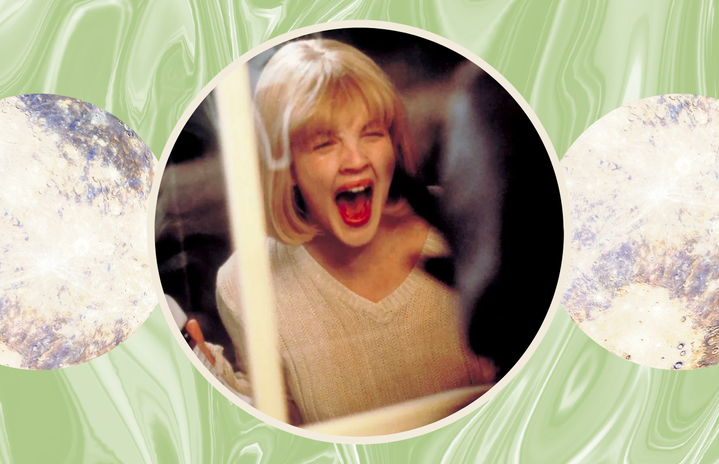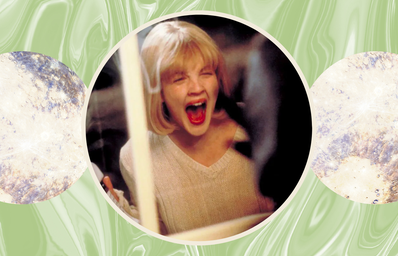Horrors is a genre that oftentimes relies on formula not to say every movie is the same but there are things to expect when watching a horror film. Like the monster/killer that often serves as the main antagonist and of course the “Final girl”, the sole survivor of the movie who outsmarts the villain and ends up being their downfall.
The Final girl has been a staple of the horror genre since the rise of Slasher films in the 1970’s. The term was coined by Carol J. Clover in her book Men, Women, and Chainsaws: Gender in the Modern Horror Film described the final girl as “ the last woman standing at the end of a bloodbath who escapes and sometimes vanquishes her would-be killer.” The characteristics of the final girl is firstly a girl (kinda obvious) who; doesn’t smoke or engage in any sort of illicit activities and is almost certainly a virgin unlike the other girls in the film because “sex = death”.
The first true example of a final girl is the character of Laurie Strode in the 1978 movie Halloween. She was the nerdy girl in the friend group, uninterested in sex unlike her friends, the one who discovers their bodies and the only one to survive Micheal Myers. Laurie fits all of the characteristics of the trope. In a genre where women are either brutalized or damsels in distress the final girl is sort of refreshing. She outsmarts the villain, she’s an important part of the story and because of her male audiences are forced to view these stories from a “female gaze” so isn’t the trope kinda empowering? Well yes and no.
Although the Final girl does serve as a form of empowerment the early versions of the girls still partook in sexist stereotypes. The Final girl was also in opposition to the other girls in the movie. She was different, pure and wasn’t interested in those girly frilly stuff but instead she liked to read! These women were being punished for their femininity and their sexuality which is just textbook misogyny despite the existence of the female lead. There’s also the discussion of how much agency these women have and their inability to control their own fates because final girls can be very passive characters .
However as most things do with time the trope is evolving and changing with the times. The first ever subversion of the final girl we see is in Scream. With final girl Sydney being a lot more proactive. We also see in movies like The Witch and It follows, final girls shedding their sexual purity and embarrasing their sexualities without being punished for it.
Two more recent examples that showcase the evolving final girl are “X” starring Mia goth and “Nope” starring Keke palmer. In Nope, Keke Palmer plays Emerald Haywood, the charming sister to OJ haywood. She’s a total subversion of the trope in many ways. The final girl trope often relies on the female lead’s whiteness as a shorthand for her purity and in horror movies black characters, specifically black women tend to die first. Emerald is a black woman who isn’t in anyways traditionally feminine, she’s confident, selfish and kinda ludicrous in her attempt at fame. Another thing Emerald has is agency, she chooses to go after the alien and her “Oprah shot”. Things aren’t just happening to her, she is making things happen.
In the case of “X”’s Maxine, the film absolutely throws the sexual purity out the window by making her a sex worker. Maxine is a step away from the pure dainty final girls of the 70’s. She swears, she unabashedly enjoys sex and thirsts for fame. She isn’t the most deserving character but that doesn’t get to decide whether or not she survives. “X” also has a female slasher, something that isn’t seen that often which adds another element to the story as well.
The Final girl is an iconic trope that has stood the test of time and has continued to shift in many different ways. The conversation about how empowering it is for women will always be happening. But what we do know about the final girl is that it allows women in the media to fight back whether it is against scary monsters or patriarchal values.


